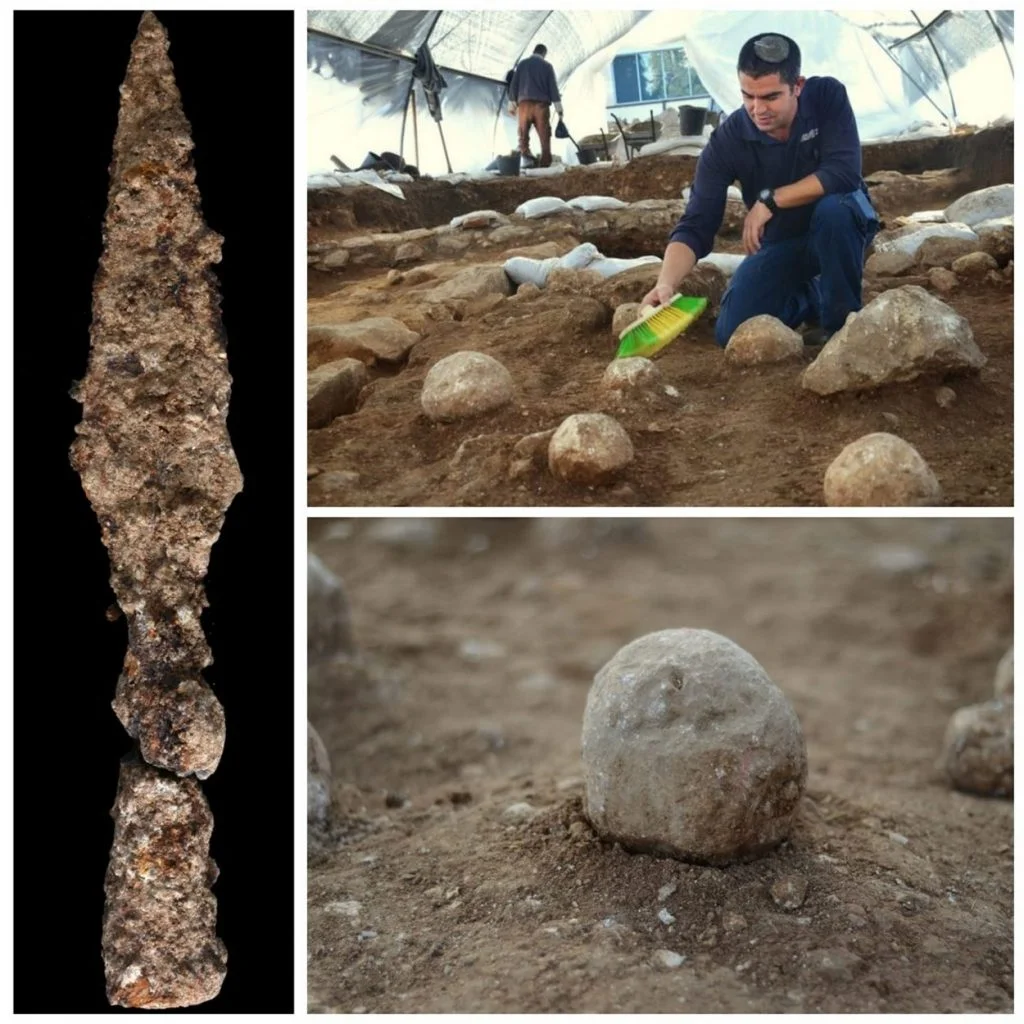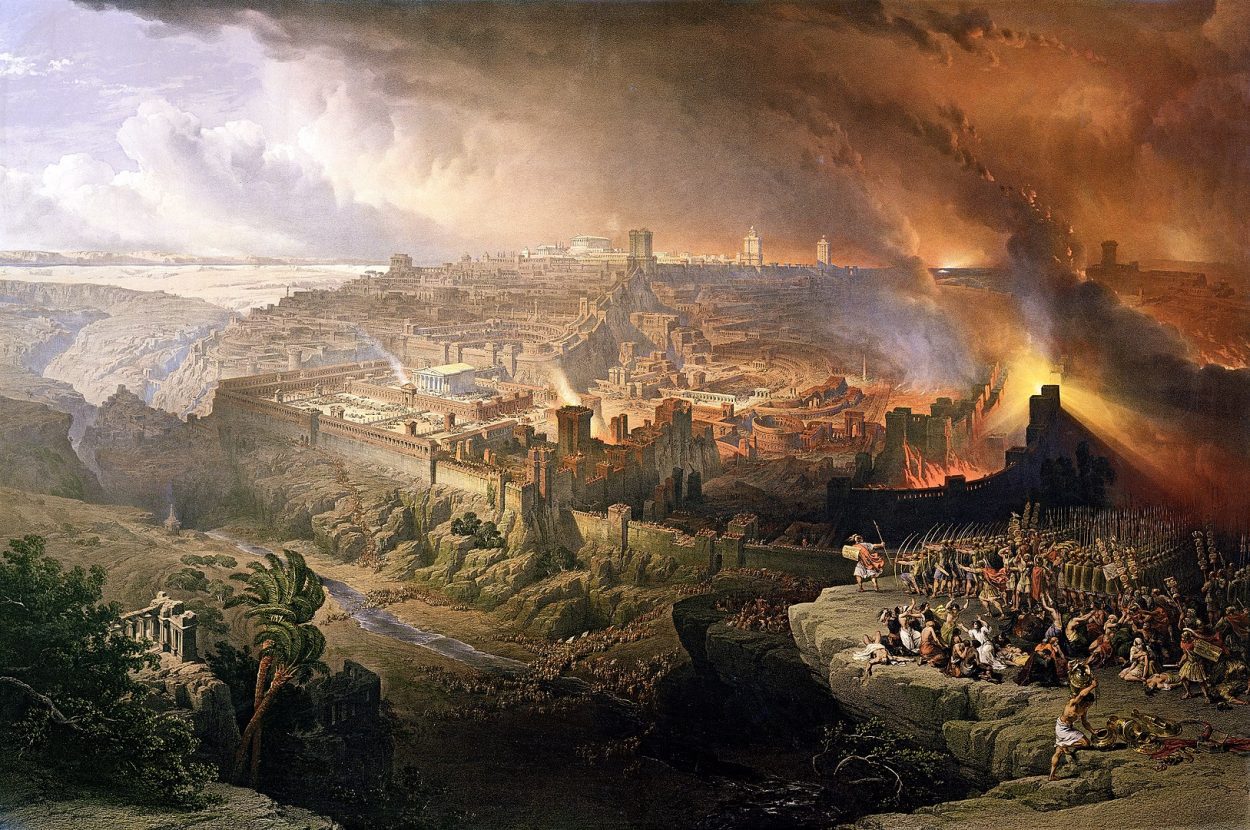An archaeologist from the Israel Antiques Authority has identified the position of the Roman siege engines used in the attack on Jerusalem during the Jewish–Roman wars.
The Jewish–Roman wars was a series of uprisings against the Roman Empire that started in AD 66 during the reign of Emperor Nero.
The seeds of the revolt were in response to increasing religious tensions and high taxation, leading to reprisal attacks against Roman citizens. In retaliation, the Roman Governor of Judea plundered the Second Temple and launched raids to arrest senior political and religious figures within the Jewish community.
This led to a wide-scale rebellion, resulting in the Roman officials abandoning Jerusalem to the rebels.
Nero tasked Vespasian, a Roman general (who would succeed to the role of Emperor during the “Year of the Four Emperors”) to crush the rebellion with the support of his son Titus.
Within several months, the Roman forces had conquered several major Jewish strongholds, displaced large population groups and dealt a swift punishment on the inhabitants of Judea.
Titus and his legions reached Jerusalem in AD 70, placing the city under siege for four months using several types of siege engines. The primary siege weapon was the ballista, a missile firing weapon that launched either bolts or stones over large distances. Developed from earlier Greek weapons, it relied upon different mechanics, using two levers with torsion springs instead of a tension prod (the bow part of a modern crossbow). The springs consisted of several loops of twisted skeins.

After several battles, the entire city and the Second Temple was destroyed, with contemporary historian Titus Flavius Josephus stating: “Jerusalem … was so thoroughly razed to the ground by those that demolished it to its foundations, that nothing was left that could ever persuade visitors that it had once been a place of habitation.”
Using computerised ballistic calculations based on finds found adjacent to the Jerusalem Municipality building, Israel Antiquities Authority archaeologist, Kfir Arbiv, has been able to identify the locations of the Roman siege engines used during the attack.
This was done by considering the local topography and the location of the Second Temple period city walls, in combination with ballistic calculations and the launching angle for the ballista stones found today within the ancient city.
As for the location of the Roman siege weapons, it appears that a significant number were placed in Cat Square, located around the centre of modern Jerusalem.
Arbiv’s study also indicates where the Romans may have broken into the city, as a large concentration of ballista stones can be found in the Russian Compound where the remains of the outer wall has been identified.
Header Image – The Siege and Destruction of Jerusalem, by David Roberts (1850) – Public Domain







